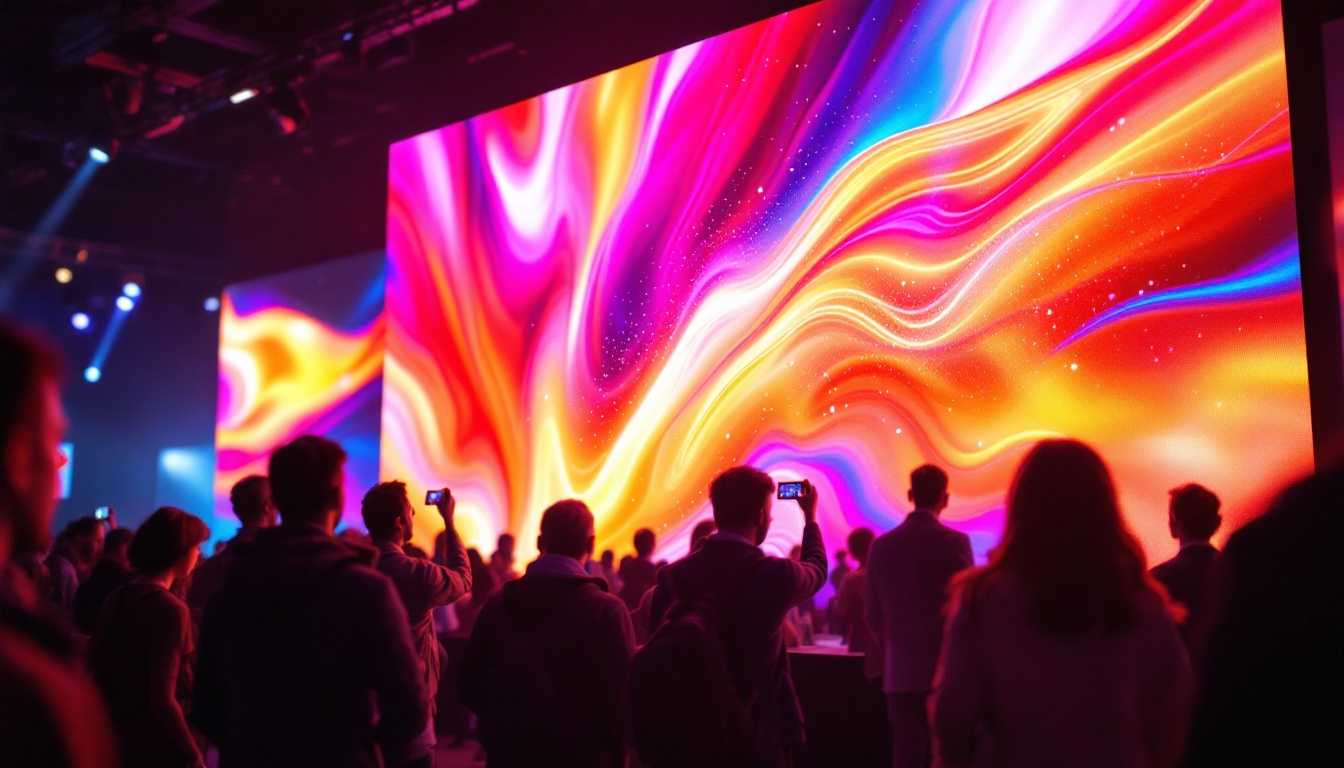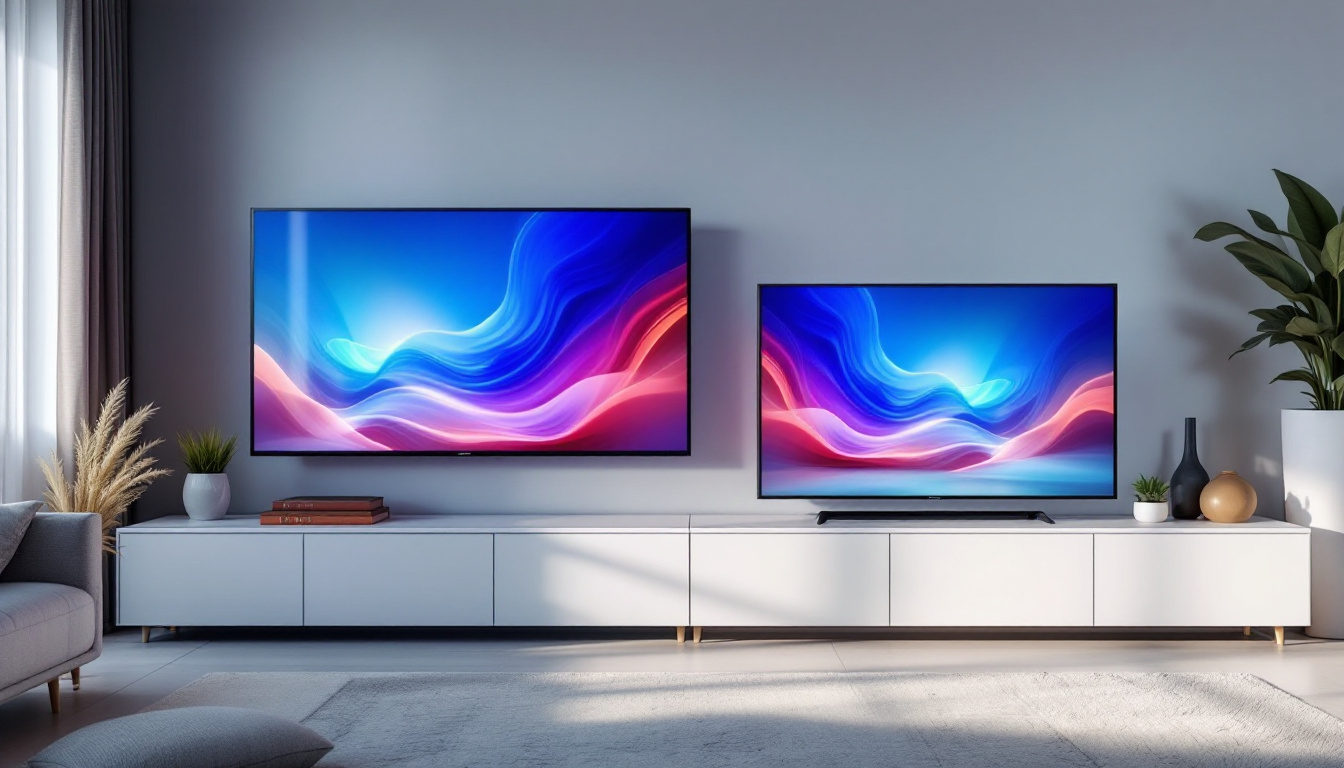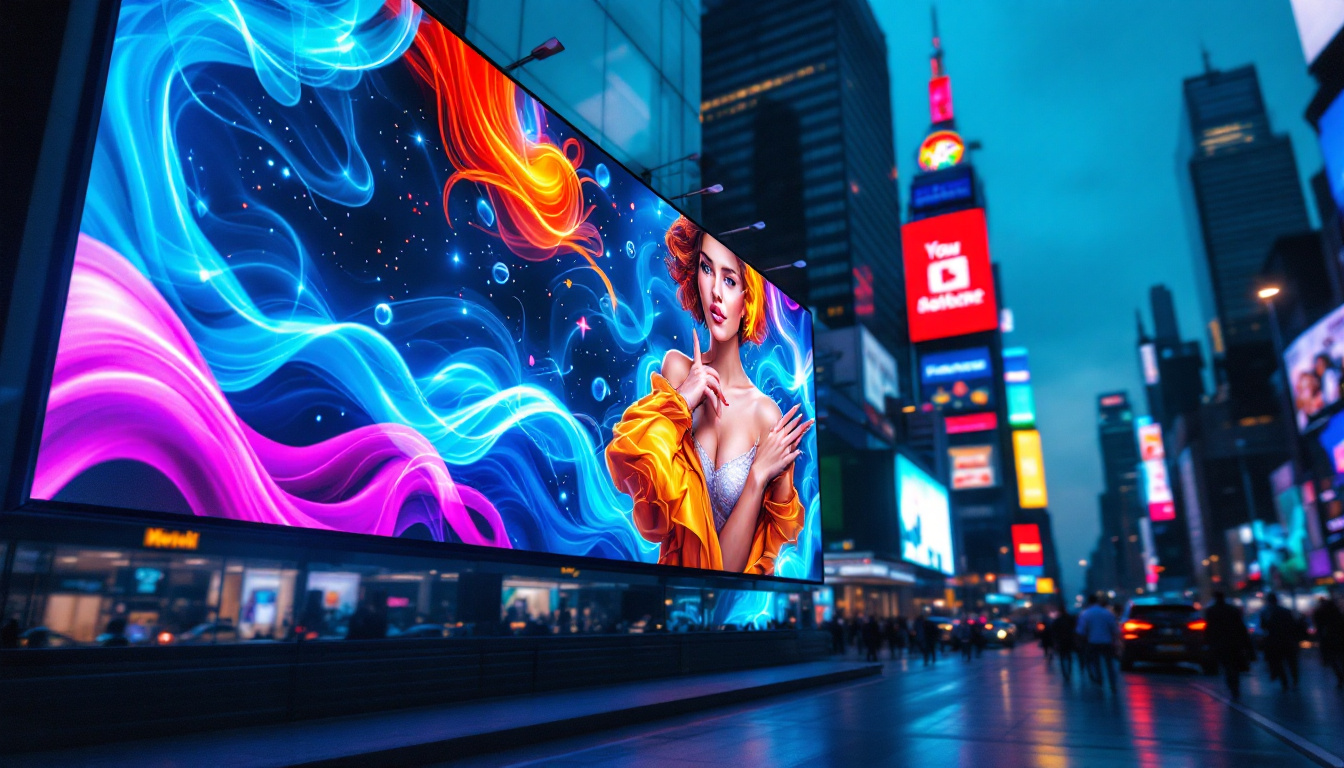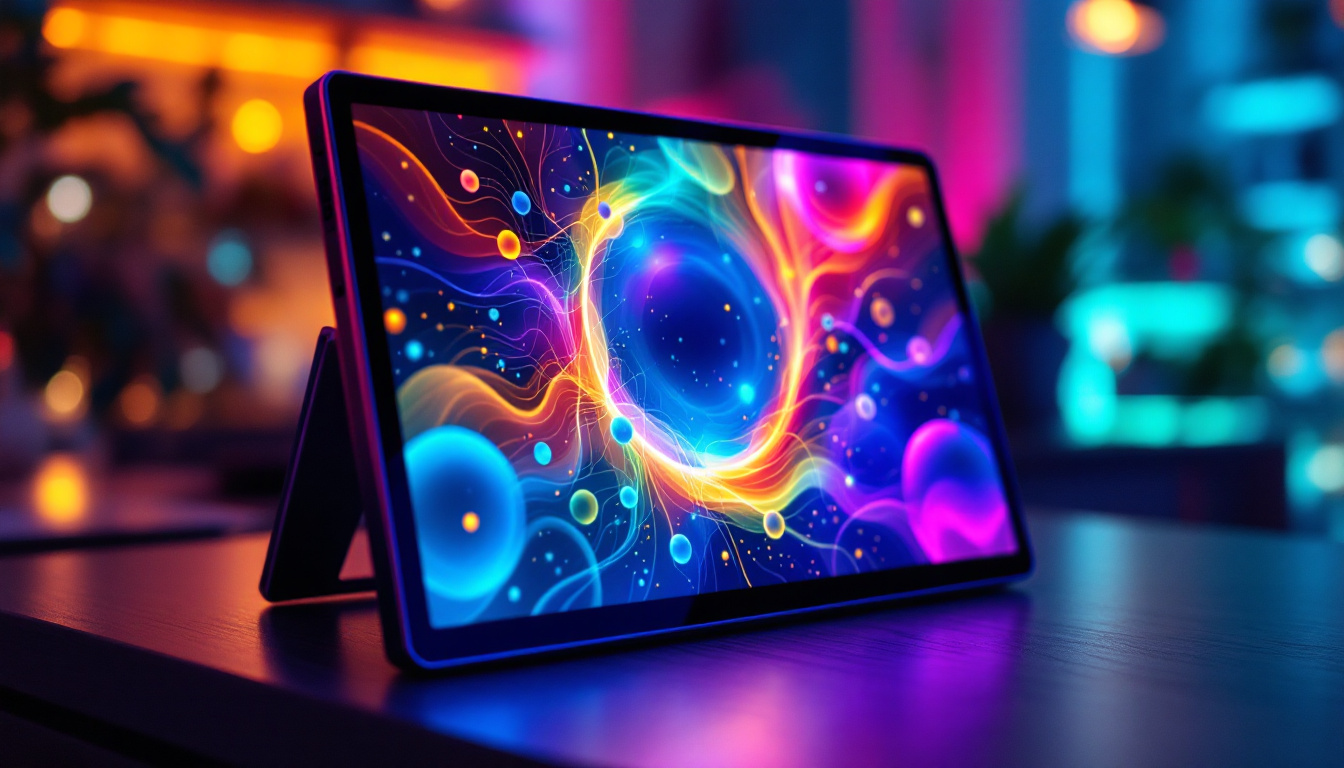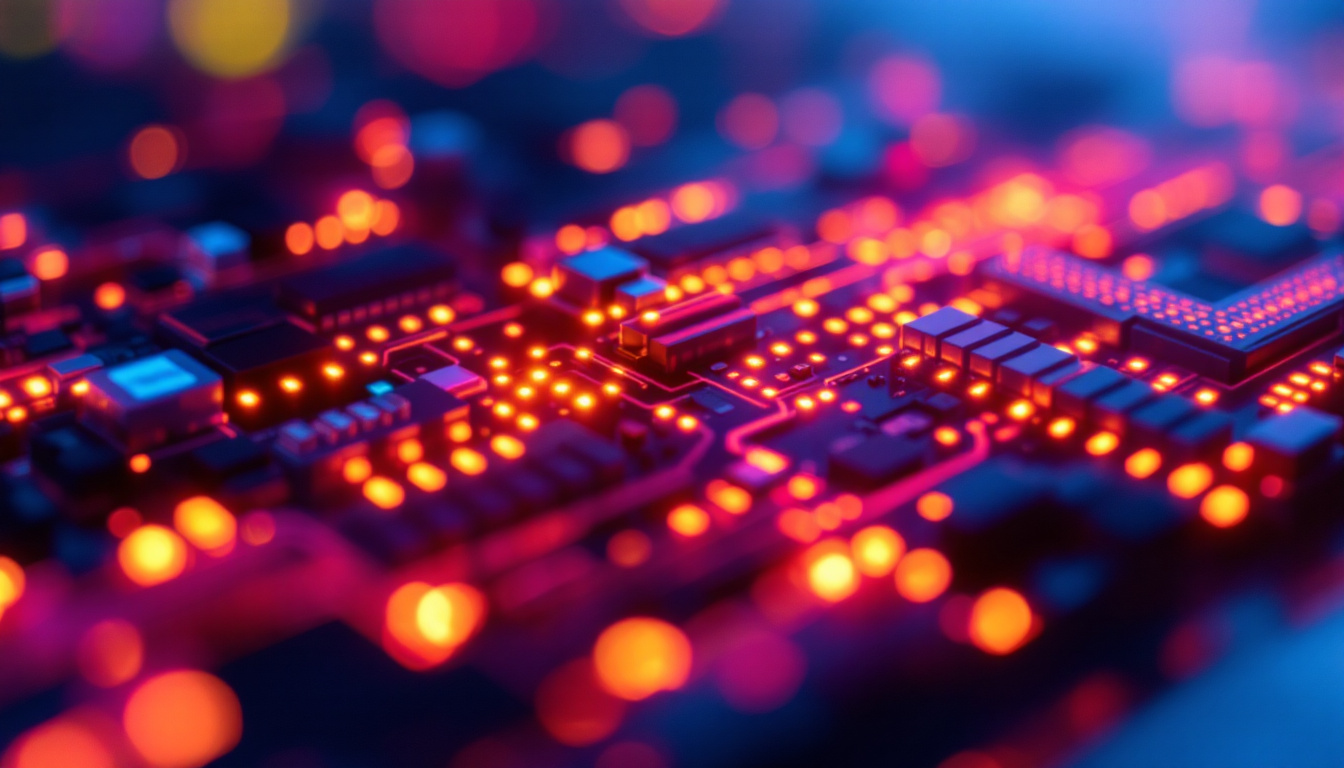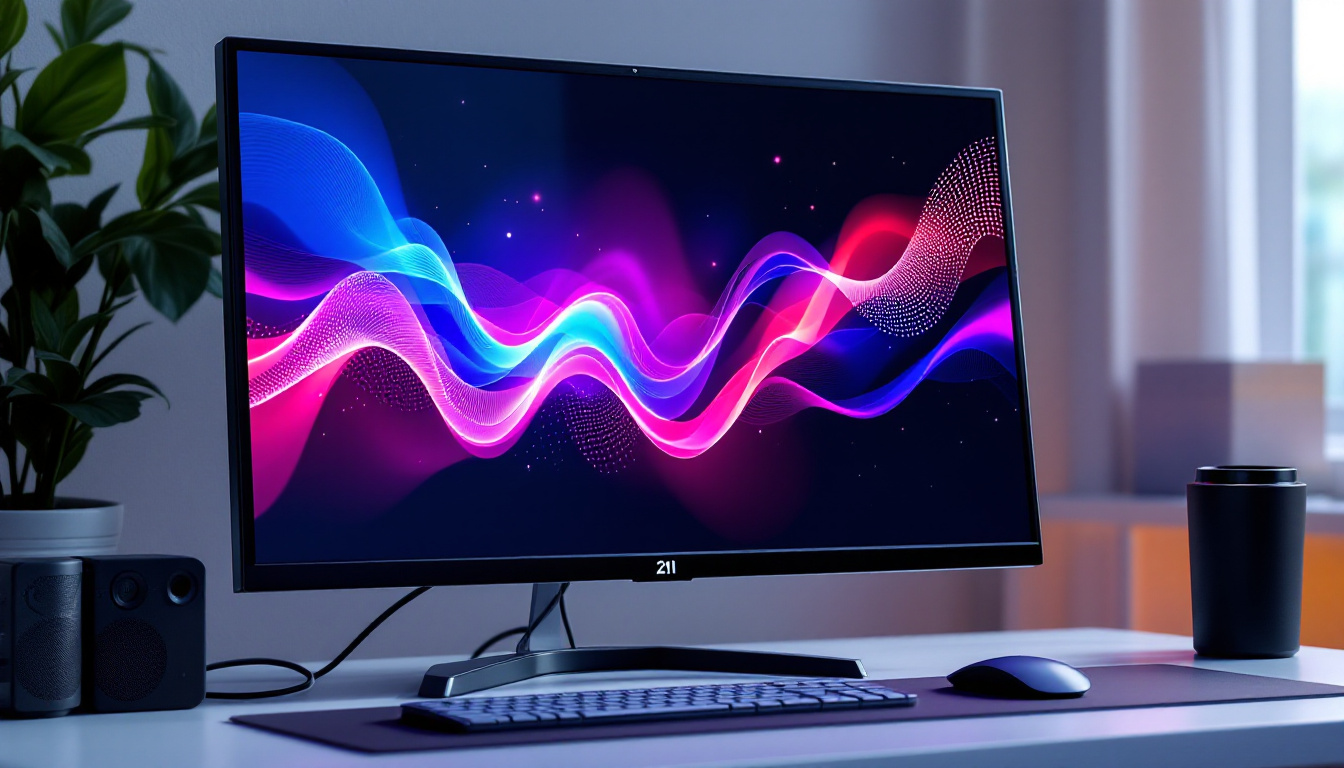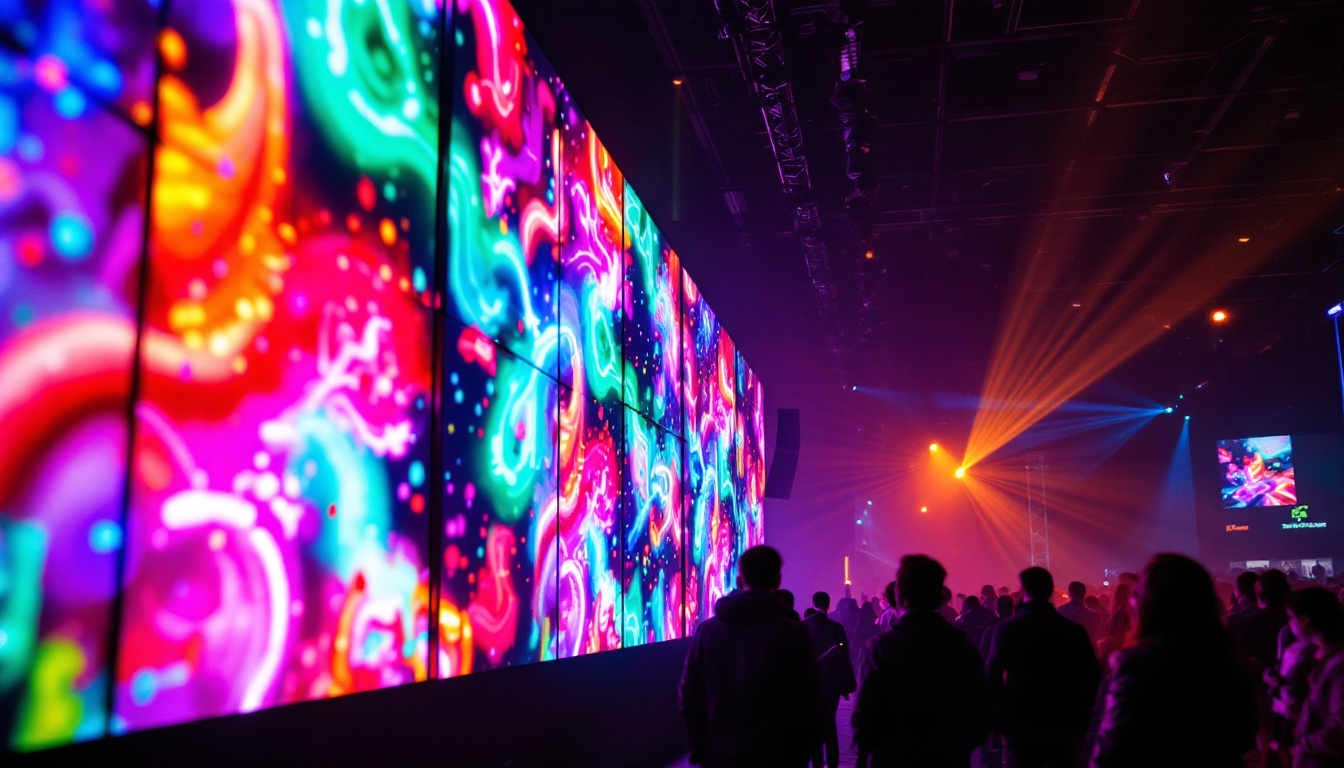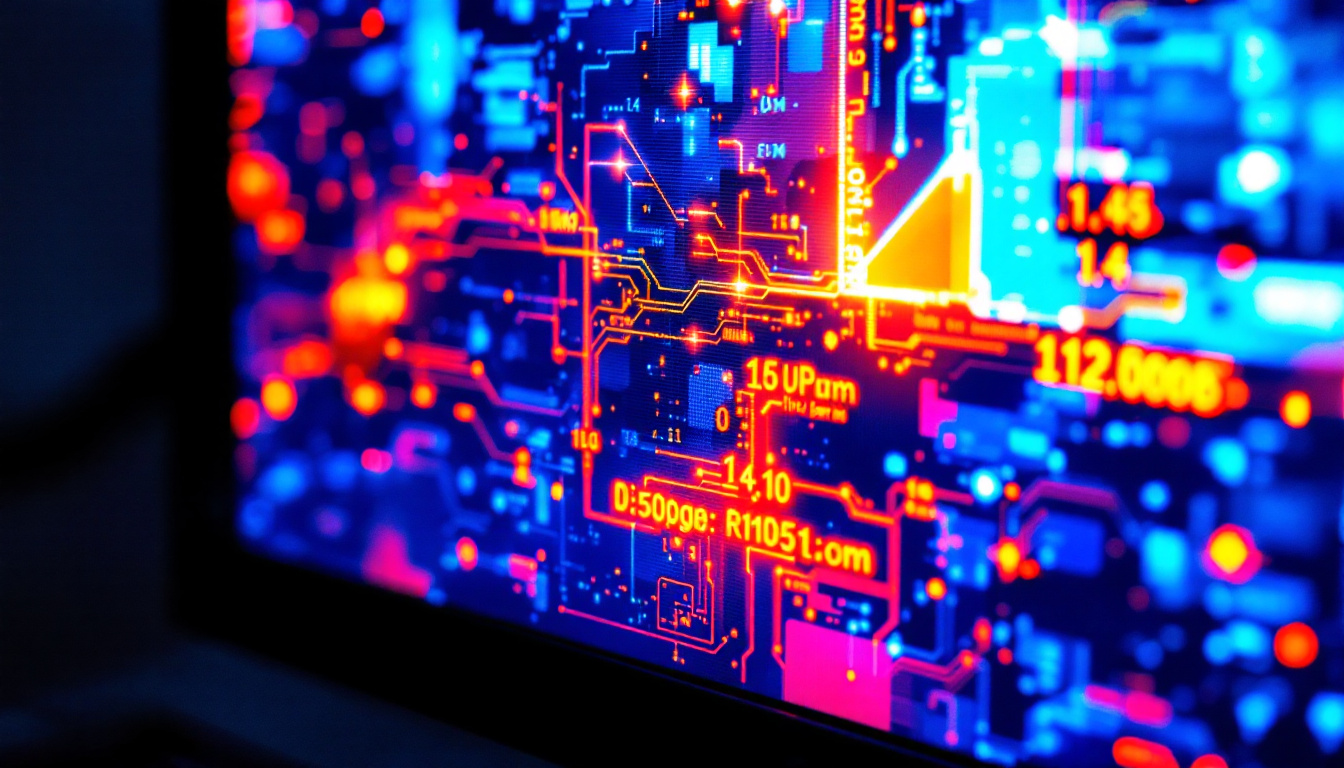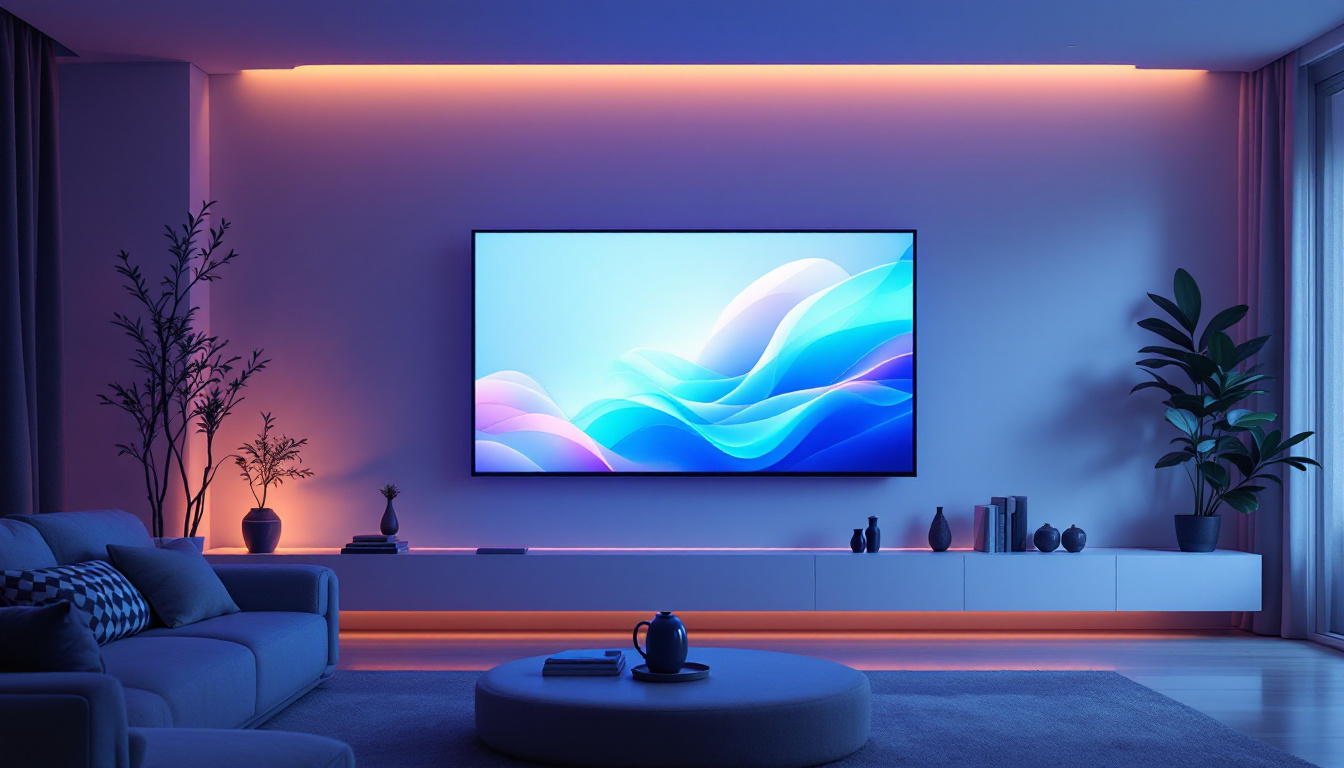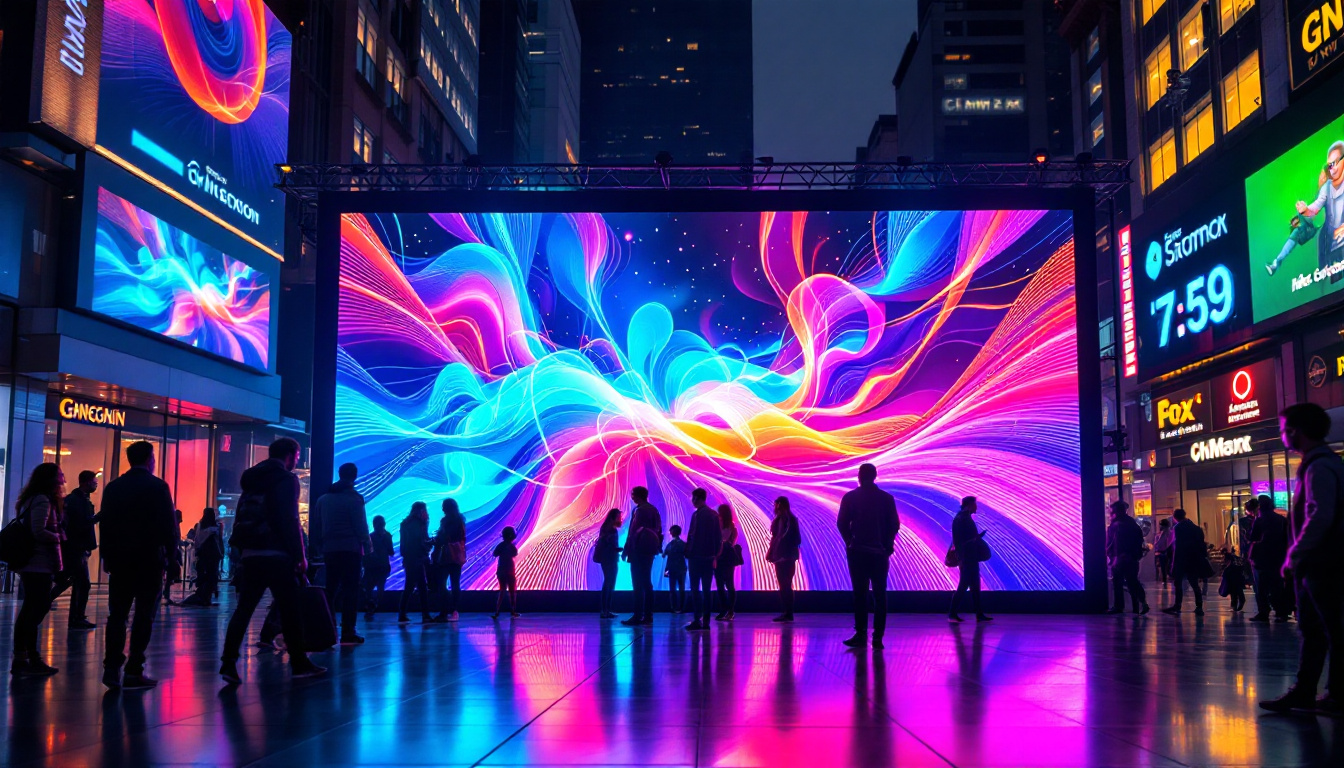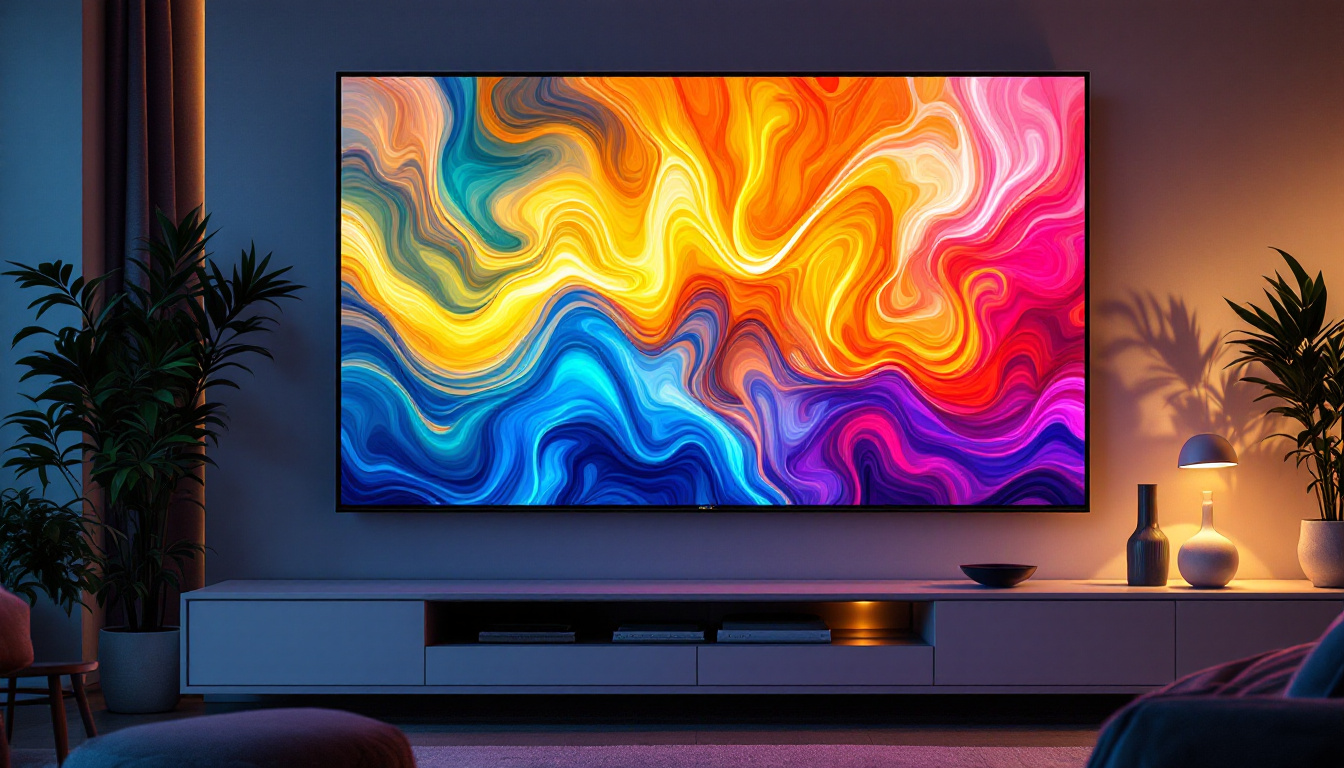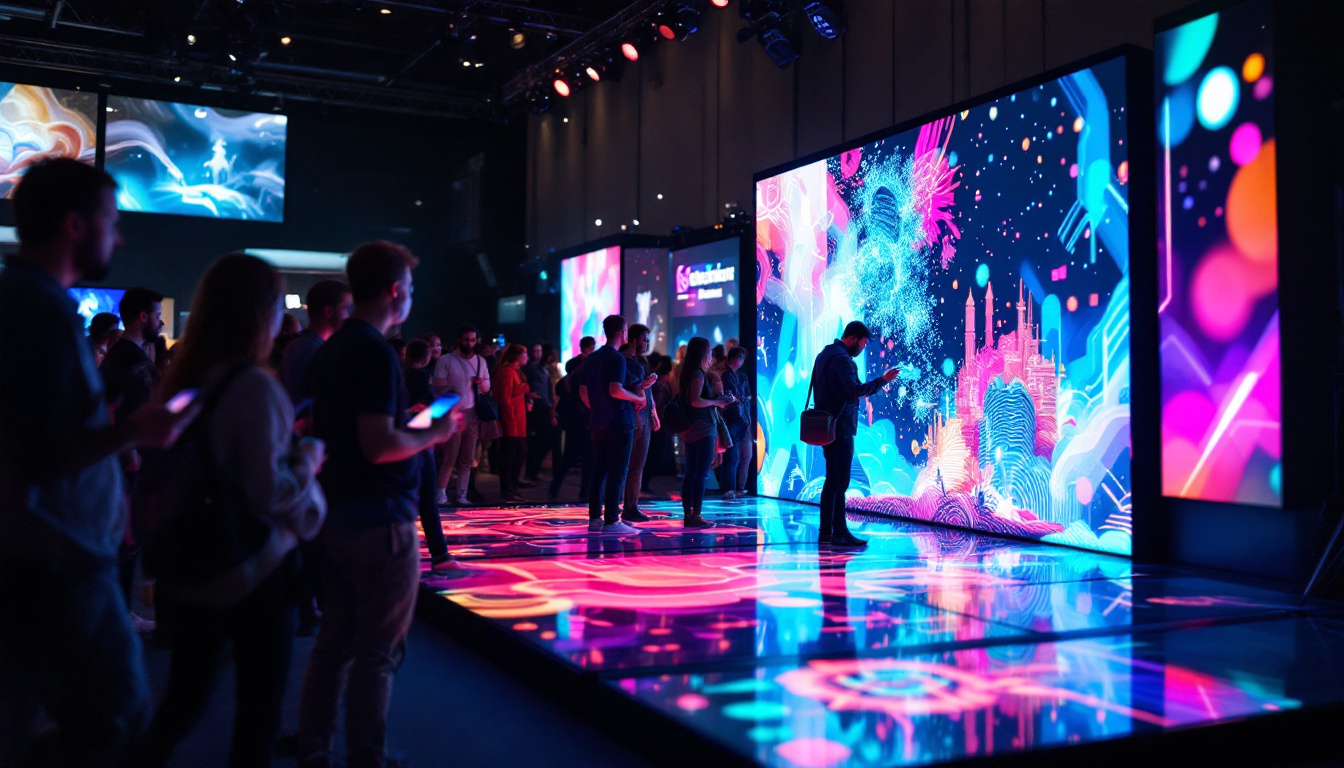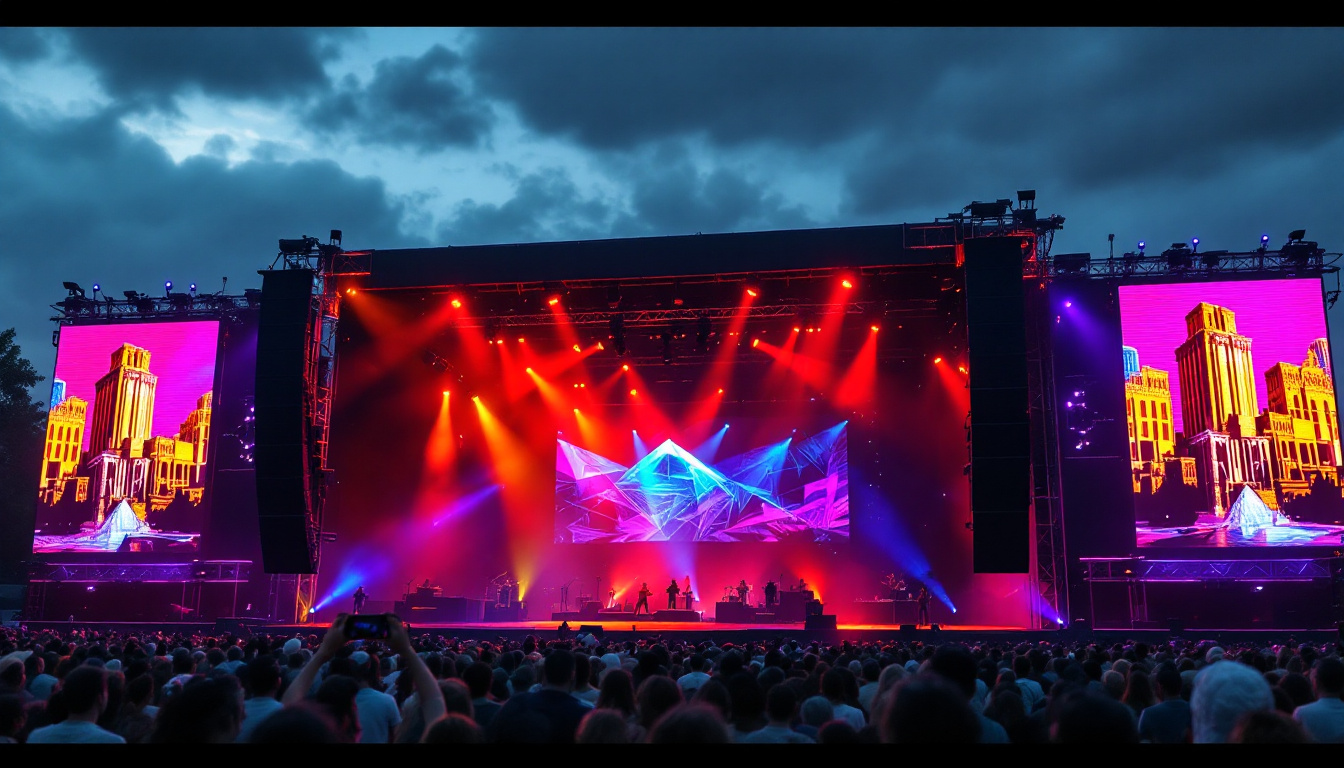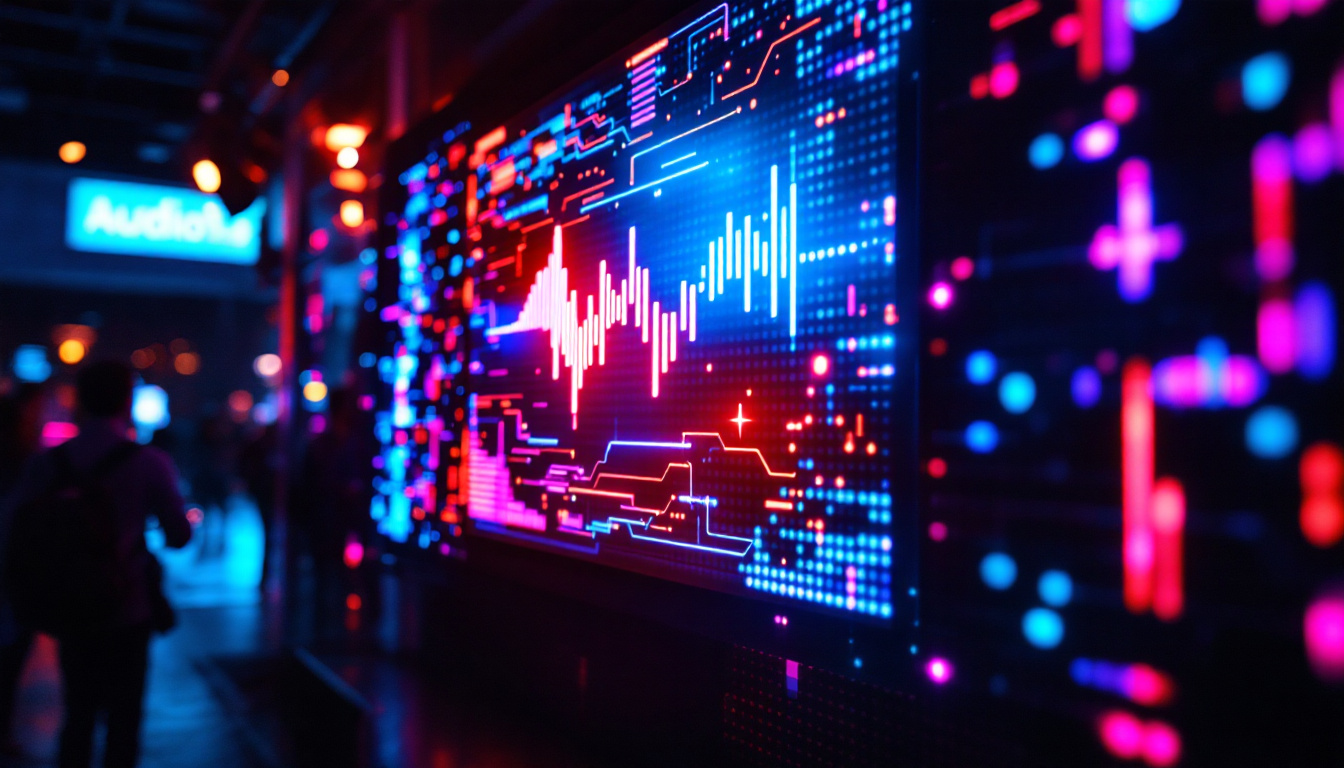Ero: LED Display Explained
In recent years, LED displays have revolutionized the way information is presented visually. From advertising billboards to television screens, the versatility and efficiency of LED technology have made it a popular choice across various industries. This article delves into the intricacies of LED displays, exploring their functionality, advantages, and applications.
What is an LED Display?
An LED display is a flat panel display that uses light-emitting diodes (LEDs) as its primary light source. Unlike traditional displays that rely on liquid crystals or cathode ray tubes, LED displays offer brighter images, better color accuracy, and lower power consumption. This technology has gained traction in both consumer electronics and large-scale installations, making it a staple in modern visual communication. The versatility of LED displays allows them to be used in a variety of settings, from personal devices like smartphones to massive outdoor advertising screens that capture the attention of passersby.
Types of LED Displays
LED displays can be categorized into several types based on their application and configuration. The two most common types are:
- Direct View LED Displays: These displays consist of individual LED modules that create images directly. They are often used in large outdoor screens and digital billboards, providing high visibility even in bright sunlight due to their superior brightness levels. Direct view LED displays are also popular in sports arenas and concert venues, where they deliver stunning visuals that enhance the overall experience for audiences.
- LED-backlit LCD Displays: These displays use LEDs to illuminate an LCD panel. They are commonly found in televisions and computer monitors, providing enhanced brightness and energy efficiency compared to traditional LCDs. The use of LED backlighting not only improves the overall picture quality but also allows for thinner and lighter designs, making them more appealing to consumers.
How LED Displays Work
The operation of LED displays is based on the principle of electroluminescence. When an electric current passes through a semiconductor material in the LED, it emits light. In a typical RGB (Red, Green, Blue) LED display, each pixel is made up of three individual diodes that emit different colors. By adjusting the intensity of each color, a wide spectrum of colors can be produced, allowing for vibrant and dynamic images. This capability is particularly beneficial in applications such as video walls and digital signage, where high-resolution visuals are essential for effective communication.
Furthermore, the technology behind LED displays has evolved significantly, leading to advancements such as organic LEDs (OLEDs) and microLEDs. OLEDs offer even greater flexibility and contrast, as they do not require a backlight and can achieve true blacks by turning off individual pixels. MicroLEDs, on the other hand, promise to combine the best features of both LED and OLED technologies, providing exceptional brightness, color accuracy, and energy efficiency. These innovations are paving the way for future developments in display technology, making LED displays an exciting field to watch as it continues to evolve.
Advantages of LED Displays
LED displays offer numerous advantages over traditional display technologies. Their benefits extend beyond just visual appeal, impacting energy efficiency, durability, and versatility.
Energy Efficiency
One of the most significant advantages of LED displays is their energy efficiency. Compared to older technologies, LED displays consume significantly less power while providing brighter images. This efficiency not only reduces electricity costs but also contributes to a lower carbon footprint, making them an environmentally friendly choice. Furthermore, advancements in LED technology have led to the development of smart LED displays that can adjust their brightness based on ambient light conditions, further optimizing energy consumption and enhancing user experience.
Longevity and Durability
LED displays are known for their long lifespan, often exceeding 50,000 hours of use. This longevity means less frequent replacements and lower maintenance costs. Additionally, LED technology is more robust than traditional displays, making them resistant to shocks and vibrations. This durability is particularly beneficial for outdoor applications, where displays are exposed to harsh weather conditions. Moreover, many LED displays are designed with protective coatings to shield them from dust, moisture, and UV rays, ensuring that they maintain their performance and visual quality over time, even in challenging environments.
High-Quality Visuals
LED displays provide superior image quality with high contrast ratios, vibrant colors, and wide viewing angles. This quality makes them ideal for various applications, including advertising, broadcasting, and live events. The ability to deliver clear and dynamic visuals is crucial in capturing audience attention and conveying messages effectively. In addition, the rapid refresh rates of LED technology minimize motion blur, making them perfect for displaying fast-moving content, such as sports events or action-packed presentations. With the capability to produce 4K and even 8K resolutions, LED displays are becoming increasingly popular in high-end installations, where image clarity and detail are paramount.
Versatility in Applications
Another significant advantage of LED displays is their versatility in applications. They can be utilized in a wide range of settings, from retail environments and corporate offices to stadiums and concert venues. Their modular design allows for creative configurations, enabling businesses to create custom shapes and sizes that fit specific spaces and branding needs. Furthermore, with the integration of digital signage capabilities, LED displays can be easily updated with new content, allowing for real-time information sharing and promotional messaging that can adapt to changing circumstances or events.
Applications of LED Displays
The versatility of LED displays allows them to be used in a wide range of applications. From commercial advertising to artistic installations, the potential is vast.
Advertising and Marketing
One of the most prominent uses of LED displays is in advertising. Digital billboards and storefront displays utilize LED technology to attract customers with eye-catching visuals. The ability to change content quickly allows businesses to promote multiple products and services without the need for physical signage changes. Furthermore, the dynamic nature of LED displays enables targeted advertising, where businesses can tailor their messages based on the time of day or specific audience demographics, maximizing engagement and conversion rates.
Entertainment and Events
In the entertainment industry, LED displays play a crucial role in concerts, festivals, and sporting events. Large-scale LED screens are used to broadcast live performances, enhancing the audience’s experience. Their ability to display high-definition visuals in real-time makes them an essential component of modern event production. Beyond just visuals, LED displays can also integrate with sound systems to create synchronized audio-visual experiences, elevating the overall atmosphere of events. Additionally, innovative uses of LED technology, such as interactive displays that respond to audience participation, are becoming increasingly popular, further blurring the lines between performer and spectator.
Transportation and Public Information
LED displays are widely used in transportation systems for displaying real-time information. Train and bus stations utilize LED screens to inform passengers about schedules, delays, and other important updates. This application improves communication and ensures that travelers have access to the information they need for a smooth journey. Moreover, the durability and energy efficiency of LED technology make it an ideal choice for outdoor installations, where weather conditions can be unpredictable. In addition to transit systems, LED displays are also employed in airports for flight information, enhancing passenger experience by providing clear and concise updates. As smart city initiatives grow, the integration of LED displays with mobile apps and IoT technology promises to further streamline public information dissemination, making travel even more efficient and user-friendly.
Challenges and Considerations
Despite their many advantages, LED displays also come with certain challenges and considerations that need to be addressed.
Initial Cost
The initial investment for LED display technology can be higher than traditional display options. While the long-term savings on energy and maintenance costs can offset this expense, organizations must weigh the upfront costs against their budget and needs. Understanding the return on investment is crucial for making informed decisions.
Brightness and Glare
While LED displays are known for their brightness, this can sometimes lead to glare, especially in outdoor settings. Proper placement and shielding are essential to minimize this issue and ensure that the display is easily viewable without causing discomfort to viewers. Additionally, advancements in technology continue to improve the performance of LED displays in various lighting conditions.
The Future of LED Display Technology
The future of LED display technology is promising, with continuous advancements driving innovation and new applications. As the demand for high-quality visual communication grows, LED displays are evolving to meet these needs.
MicroLED Technology
MicroLED technology represents the next generation of LED displays. By using microscopic LEDs to create images, MicroLED displays offer even higher resolutions and improved color accuracy. This technology is expected to revolutionize the consumer electronics market, particularly in televisions and mobile devices, providing users with an unparalleled viewing experience.
Flexible and Transparent Displays
Another exciting development in LED technology is the emergence of flexible and transparent displays. These displays can be integrated into various surfaces, such as windows and walls, allowing for creative applications in architecture and design. The ability to create immersive environments with seamless visuals opens up new possibilities for branding and advertising.
Smart LED Displays
As the Internet of Things (IoT) continues to expand, smart LED displays are becoming increasingly common. These displays can connect to the internet, allowing for real-time content updates and interactive features. This connectivity enhances user engagement and provides businesses with valuable data on viewer interactions, enabling more targeted marketing strategies.
Conclusion
LED displays have transformed the landscape of visual communication, offering a blend of energy efficiency, durability, and high-quality visuals. Their applications span various industries, from advertising to transportation, demonstrating their versatility and impact. As technology continues to advance, the future of LED displays looks bright, promising even more innovative solutions that will enhance how information is conveyed and experienced.
Understanding the intricacies of LED displays is essential for businesses and individuals looking to leverage this technology effectively. By considering the advantages, challenges, and future trends, stakeholders can make informed decisions that align with their goals and needs. Whether for commercial use or personal enjoyment, LED displays are here to stay, shaping the way we interact with the world around us.
Discover LumenMatrix LED Display Solutions
Ready to elevate your visual communication with cutting-edge LED technology? Explore LumenMatrix’s comprehensive range of LED display solutions, designed to captivate and engage your audience. From vibrant Indoor and Outdoor LED Wall Displays to dynamic Vehicle and Sports Displays, LumenMatrix offers tailored options that fit your unique needs. Experience the future of digital signage with our All-in-One LED Displays, LED Posters, and innovative Transparent Displays. Embrace the power of LumenMatrix and transform your space with our state-of-the-art LED modules. Check out LumenMatrix LED Display Solutions and start creating unforgettable visual experiences today.







